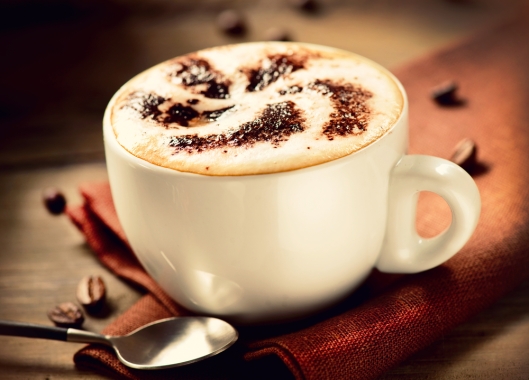If there be nothing new, but that which is
Hath been before, how are our brains beguil’d,
Which, labouring for invention, bear amiss
The second burden of a former child.– Shakespeare, Sonnet 59
I struggle with the idea of “new.”
Perhaps it’s because I over-interpret this word in the most literal possible sense. Or perhaps it’s because before even watching Kirby Fergeson’s series, I could tell in my heart, like Shakespeare, that “everything is a remix.” There are new ways in which we blend and use and understand, but it’s rare that the things themselves are truly never-before-seen new. Even the bemoaning of a lack of newness is ancient – Shakespeare was remixing Solomon after all.
So while I don’t think I’ve had any completely brand-spanking-new thoughts this semester, I can see how my thinking has been pushed to the next level in some ways. And while Shakespeare might argue that I’m “beguiling my brain,” I think I’d have an easy time convincing him that the stuff he remixed was worth the effort, and so mine have been, too. Not beguiled, just stretched.
Top 5 Movements in Thought
- Remixing can be embraced and celebrated as an art form – it doesn’t have to be seen as a second-class citizen in the creative world and can even be a great way to talk openly about “intellectual property” and “piracy.” Thank you, “Everything is a Remix” for helping me to appropriately value and appreciate (instead of bemoaning) a lack of “newness.”
- Technology tools aren’t going to solve the world’s problems, but they also aren’t a waste of time. I have a tendency to stick to a few programs and tools that I’m super comfortable with and excuse away my lack of curiosity by reassuring myself that pedagogy is more important anyway (“there’s no app for pedagogy,” right?). While that is true, tools are helpful and there are certain things we can’t do without the proper tools. Thank you Maker Kit exploration for encouraging me to explore again.
- How we do what we do matters. Now obviously this isn’t a brand new thought, but I was reminded as we designed classrooms toward MakerEd purposes that so much of what we do as teachers is in the “how” not the “what.” How we organize the physical space was the focus here, but I thought a lot about other “invisibles” impacted my teaching too. It’s things like tone of voice, use of images and video, linking in fun or even the use of emoticons that seem to really impact my online teaching. Thank you classroom redesigns for showcasing the “how” for me again.
- Focusing on students’ deficits only encourages us to forget the innate potential they have to make. Dougherty’s insistence that “we are all makers” really stuck with me. It’s not that some kids I teach have “it” and others don’t – the potential is there in all of them. It may be my job to wake them up to this urge to produce, but it’s still something they have, not something I’m transferring to them. Thank you, James Paul Gee for reminding me that most of them are involved in creation already, just outside of the school system!
- I must practice what I preach. This is one of those long standing battles of any teacher, I think. It’s so easy to get lost in teaching writing or reading or creating that we forget to set aside time for our own learning and doing. If I’m to lead students into a life of innovation and creativity, I’ve got to be living that life myself.
References
Ajifro, A. [2014] Brain power. (Image file) Retrieved from https://www.flickr.com/photos/125992663@N02/14601014695.
Fergeson, K. [2011]. Everything is a Remix. (Video file) Retrieved from https://vimeo.com/14912890.
Dougherty, D. (2011, January). We are makers. Retrieved from http://www.ted.com/talks/dale_dougherty_we_are_makers.
Gee, J. P. (2010, Jul y 20). James Paul Gee on Grading with Games. Edutopia’s Youtube Channel. [Video file]. Retrieved from https://www.youtube.com/watch?v=JU3pwCD-ey0#t=6.




![Kookaburra, H. J. (2012 July 23). "Dec.10,1993: Drama. Ex-ASR KUNGAH MARIS sinking as HMAS HOBART [II] approaches - Scott Corson Collection" [Online image]. Retrieved from https://www.flickr.com/photos/41311545@N05/7627833146/](https://icecreamcoffeeteacher.wordpress.com/wp-content/uploads/2015/03/sinking-ship.jpg?w=434&h=292)




